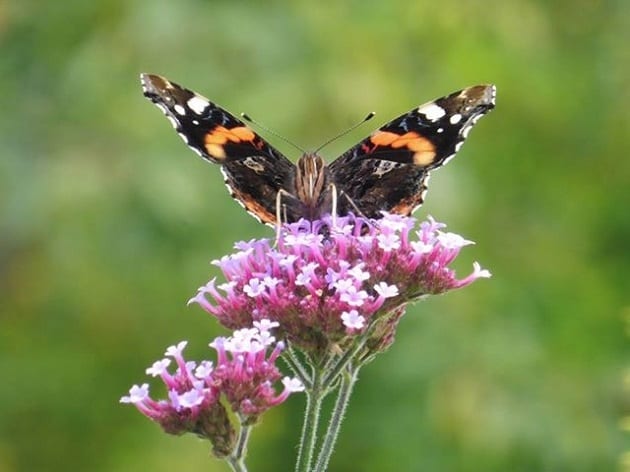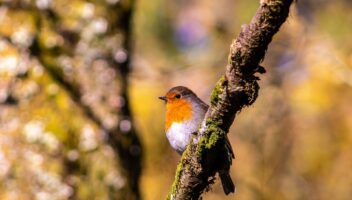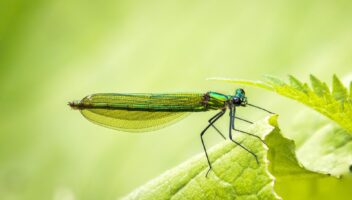In this modern world, as we become more built-up and green spaces disappear, it is more important than ever that we try to play our part in supporting local wildlife in our gardens. Plants, insects, birds and mammals are all integral parts of a complex ecosystem – lose one and others may follow; support them and all can flourish. As we design and plan our gardens, it’s a good opportunity to consider planting for wildlife.
Many of us already feed the wild birds that visit our gardens and a growing number of us provide homes for hedgehogs, insect habitats, nest boxes for birds and bats as well. We are beginning to appreciate that even the much-maligned wasp is an important predator! As important as it is to support our wildlife in this way, we mustn’t forget that the best habitats are natural ones and the best food often grows in our flowerbeds. So, what are the best plants to grow if you want to have a thriving, wildlife-friendly garden?
View our collection of plantsPlanting for Wildlife
Nectar
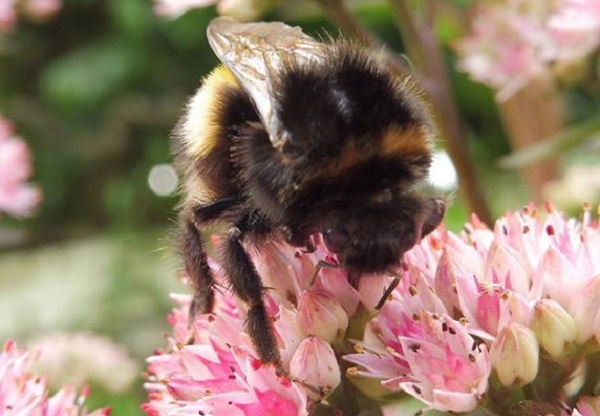 We usually think of bees when we see the word pollinator, but butterflies, hoverflies, moths and others are also extremely important in the pollination of many plants. More or less any insect that feeds on the nectar of flowers will transfer pollen from one to another as it travels, ensuring that flowers are fertilised and seeds and fruits can develop. If you want a good return from your vegetable patch or fruit trees, these insects are vital to your garden.
We usually think of bees when we see the word pollinator, but butterflies, hoverflies, moths and others are also extremely important in the pollination of many plants. More or less any insect that feeds on the nectar of flowers will transfer pollen from one to another as it travels, ensuring that flowers are fertilised and seeds and fruits can develop. If you want a good return from your vegetable patch or fruit trees, these insects are vital to your garden.
Flowering plants
Most flowering plants will attract pollinators – that is the function of a flower as far as the plant is concerned – but some are better than others. Modern plant breeding to produce showier flowers can make life harder for insects to access the inside of the flower and typically those with single-petalled flowers are better than those that are double-petalled.
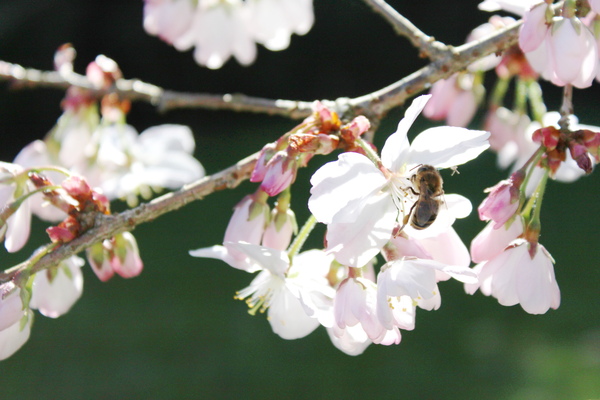
Flowering fruits
In spring, flowering cherries (Prunus spp.) and crab apples (Malus spp.), as well as Hawthorn (Crataegus spp.), provide masses of blossom. Hawthorn is often viewed as an uninspiring hedgerow plant, but grown as a tree is a stunning plant for the small garden. It has the added benefit of autumn berries which will attract wild birds.
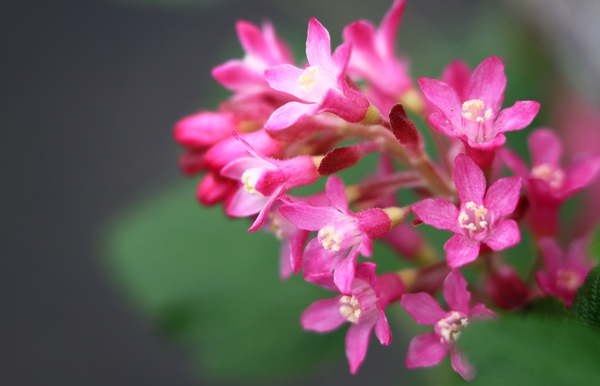 Ribes sanguineum ‘Koja’
Ribes sanguineum ‘Koja’
Flowering shrubs
Spring-flowering shrubs such as pieris, berberis and ribes (ornamental currant) are all good choices. Pieris thrive best in acid soil with a little shade but berberis and ribes will do well in any well-drained soil in any aspect apart from in deep shade.
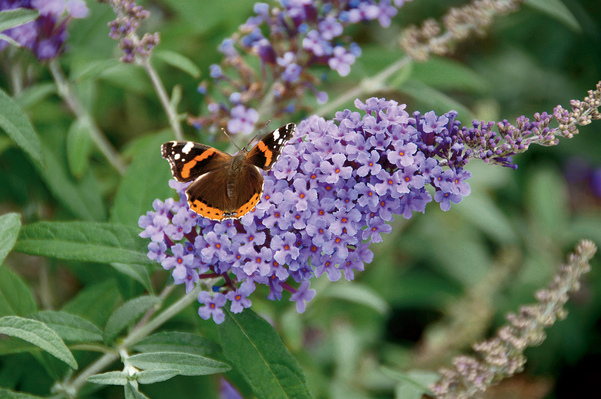 Buddleja davidii ‘Buzz Lavender’
Buddleja davidii ‘Buzz Lavender’
In the summer months, Buddleja davidii is very attractive to bees and butterflies (the common name is Butterfly Bush.) B. ‘Black Knight’ and B. ‘White Profusion’ are well-known varieties, but will seed across your garden. There are new varieties such as the Buddleja ‘Buzz’ series which are less prone to do this and are more compact growers, so a good choice in the smaller plot.
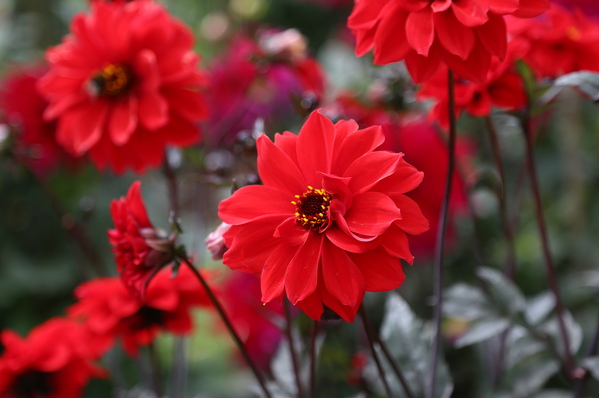
Perennials are a key nectar source through summer and again simple flowers are easier to access for most pollinators. Dahlia ‘Bishop of Llandaff’ (and others in this group) will be a better choice than some of the pompom dahlia varieties. Daisy-like flowers such as leucanthemum and echinacea are very attractive, particularly to butterflies which can alight on the upwards facing blooms, while the tubular flowers of penstemon are perfect for solitary bees to clamber into.
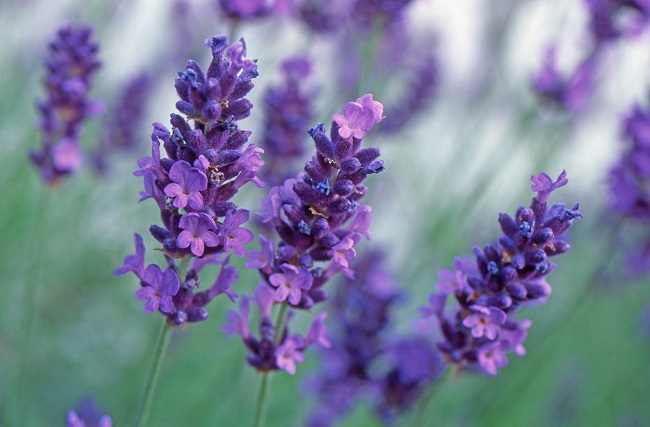 The English lavender variety Lavandula angustifolia ‘Hidcote’
The English lavender variety Lavandula angustifolia ‘Hidcote’
Shrubs
Shrubs such as erysimum (wallflower), perovskia (Russian sage) and rosemary are all good selections and easy to grow and of course lavender of all kinds is very attractive to insects. By planting early flowering ‘French’ lavender such as L. stoechas ‘Papillon’ (the name is French for butterfly) as well as later-flowering ‘English’ lavender such as L. angustifolia ‘Hidcote’, you can ensure a continuous supply of nectar over many months.
Berries
 Berries are an important food source in the autumn and winter for many bird species including blackbirds, finches, thrushes and robins as well as small mammals such as dormice. Fallen fruit will be eaten by insects, birds and mammals, so consider leaving it on the ground rather than sweeping up to the compost heap.
Berries are an important food source in the autumn and winter for many bird species including blackbirds, finches, thrushes and robins as well as small mammals such as dormice. Fallen fruit will be eaten by insects, birds and mammals, so consider leaving it on the ground rather than sweeping up to the compost heap.
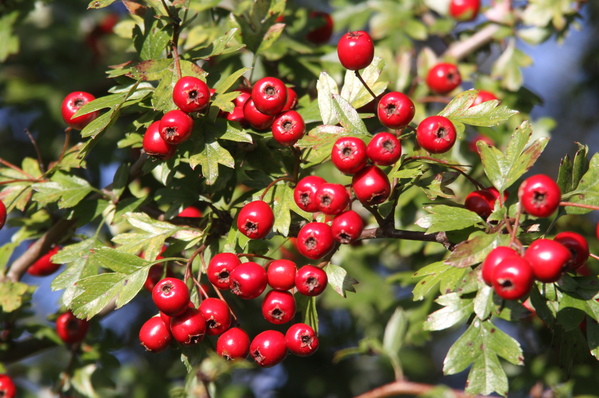
Berry trees
Trees such as whitebeam and rowan (Sorbus spp.), hawthorn and crab apples are all great autumn food sources. Shrubs such as pyracantha, cotoneaster and mahonia all carry a winter feast for birds and even ivy berries are a good choice for birds, being very high in calories. Holly berries are an important source into the winter and the tough, evergreen foliage can provide important shelter for birds and small mammals. Even non-native plants such as skimmia, callicarpa and gaultheria which produce berries in the autumn can be attractive to birds when food starts to get scarce.
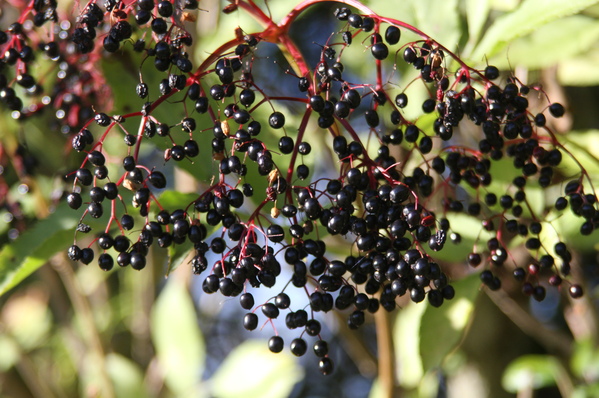
Elder (Sambucus), either in the hedgerow or cultivated in the garden, is another key source of berries. Sambucus ‘Black Beauty’ is a lovely garden plant which will attract pollinators in early summer to the large flower heads and then birds can enjoy the autumn berries. Of course, you could take a few flowers yourself to make elderflower cordial and the berries make a good jelly with crab apples – just leave some for the wildlife!


